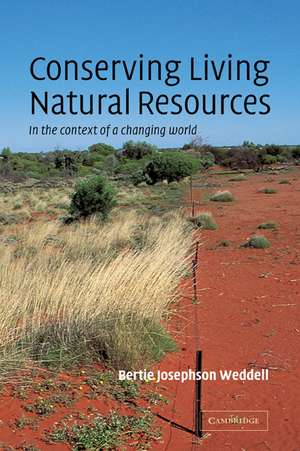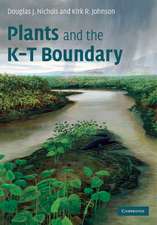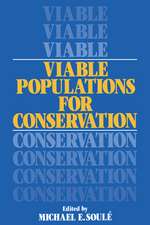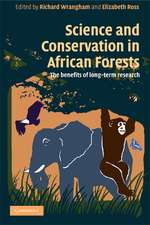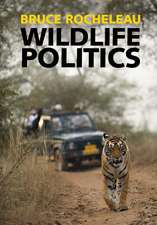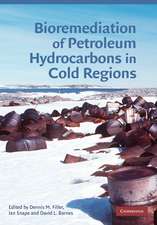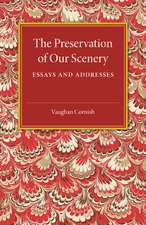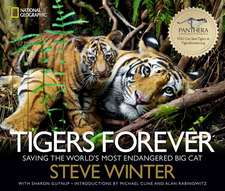Conserving Living Natural Resources: In the Context of a Changing World
Autor Bertie Josephson Weddellen Limba Engleză Paperback – 13 mar 2002
| Toate formatele și edițiile | Preț | Express |
|---|---|---|
| Paperback (1) | 469.93 lei 6-8 săpt. | |
| Cambridge University Press – 13 mar 2002 | 469.93 lei 6-8 săpt. | |
| Hardback (1) | 1226.34 lei 6-8 săpt. | |
| Cambridge University Press – 13 mar 2002 | 1226.34 lei 6-8 săpt. |
Preț: 469.93 lei
Preț vechi: 528.00 lei
-11% Nou
Puncte Express: 705
Preț estimativ în valută:
89.92€ • 94.15$ • 74.58£
89.92€ • 94.15$ • 74.58£
Carte tipărită la comandă
Livrare economică 09-23 aprilie
Preluare comenzi: 021 569.72.76
Specificații
ISBN-13: 9780521788120
ISBN-10: 0521788129
Pagini: 444
Ilustrații: 55 b/w illus.
Dimensiuni: 152 x 228 x 24 mm
Greutate: 0.64 kg
Ediția:New.
Editura: Cambridge University Press
Colecția Cambridge University Press
Locul publicării:Cambridge, United Kingdom
ISBN-10: 0521788129
Pagini: 444
Ilustrații: 55 b/w illus.
Dimensiuni: 152 x 228 x 24 mm
Greutate: 0.64 kg
Ediția:New.
Editura: Cambridge University Press
Colecția Cambridge University Press
Locul publicării:Cambridge, United Kingdom
Cuprins
Preface; Introduction: balance and flux; Methodology: getting the information we need to manage living natural resources; Part I. Management to Maximize Production of Featured Species - A Utilitarian Approach to Conservation: 1. Historical context - the commodification of resources and the foundations of utilitarian resource management; 2. Central concepts - population growth and interactions between populations; 3. Central concepts - habitats; 4. Techniques - harvest management; 5. Techniques - habitat management; 6. Techniques - management to minimize conflicts between pest species and people; Part II. Protection and Restoration of Populations and Habitats - A Preservationist Approach to Conservation: 7. Historical context - the rise of environmental concerns after World War II; 8. Central concepts - the causes of extinction; 9. Techniques - protecting and restoring species; 10. Techniques - protecting and restoring ecosystems; Part III. Management to Maintain Processes and Structures - A Sustainable-Ecosystem Approach to Conservation: 11. Historical context - pressures to move beyond protection of species and reserves; 12. Central concepts - the flux of nature; 13. Techniques - conserving processes and contexts; 14. Techniques - including people in the conservation process; Postscript; Appendix: scientific names of organisms mentioned in the text; Index.
Recenzii
'… I enjoyed the book and I would certainly recommend it as an introductory text to US students, and perhaps to other students wanting a general introduction to US resource management.' Andrew Pullin, University of Birmingham
Descriere
Essential reading for undergraduate students of conservation biology and living natural resource management.
